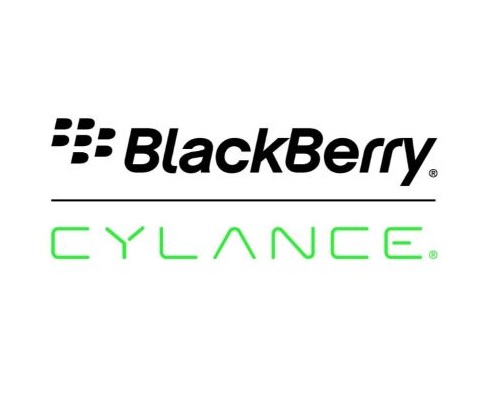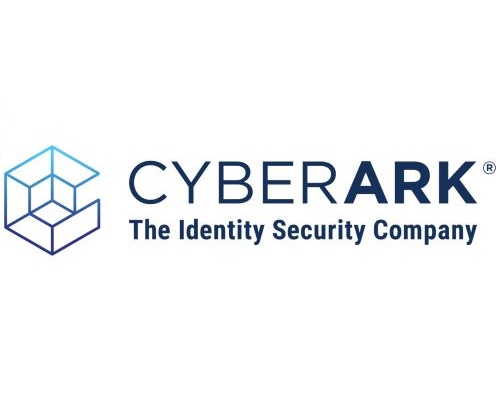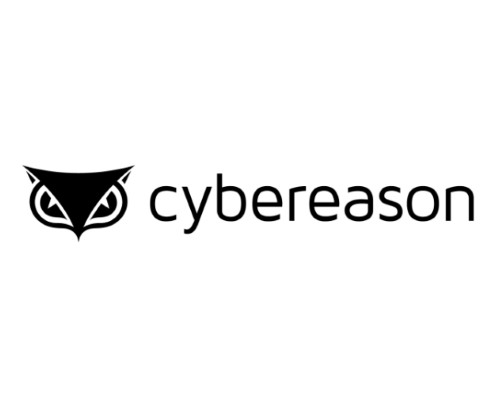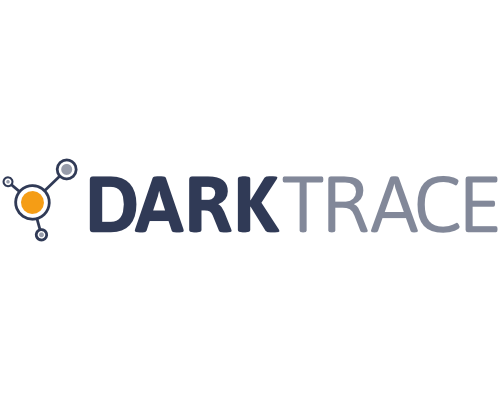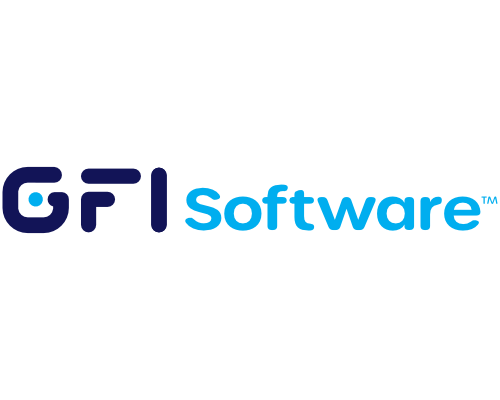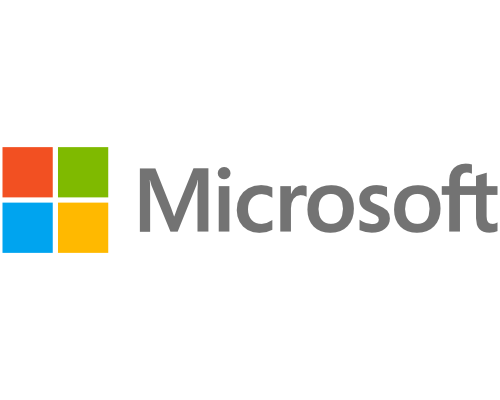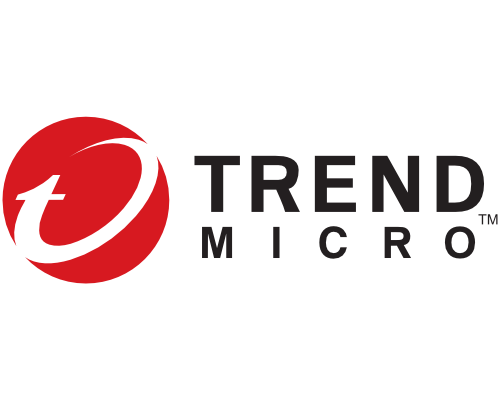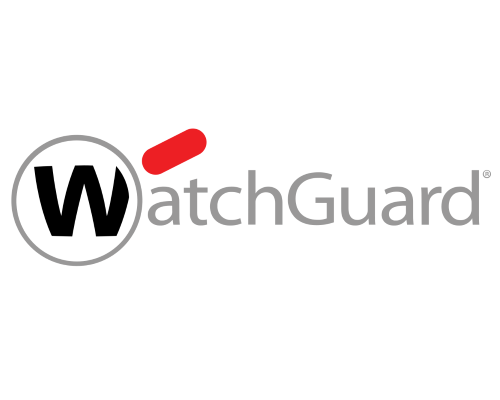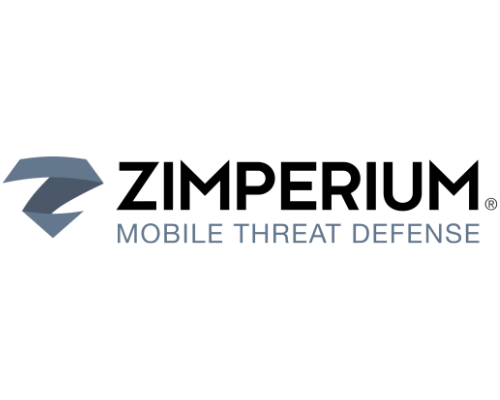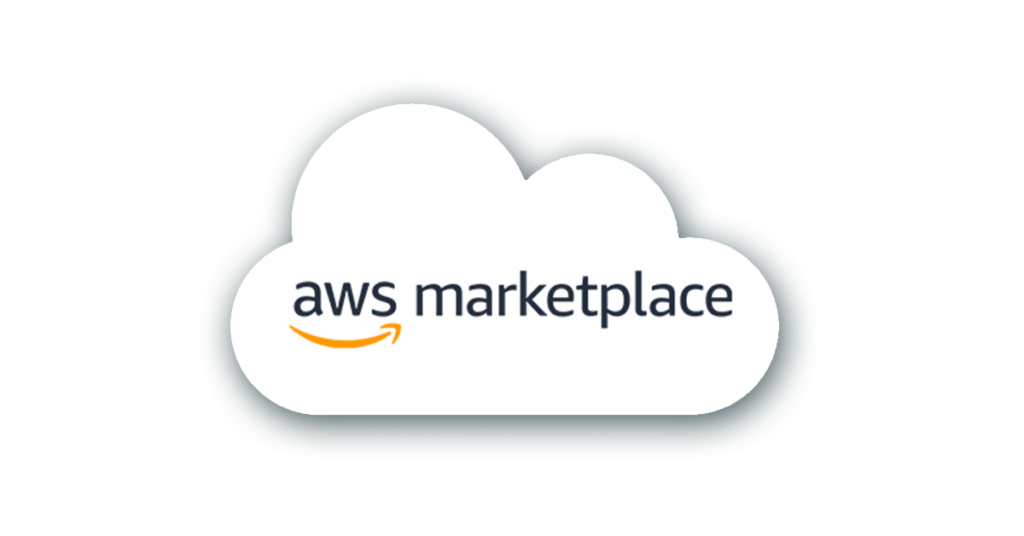EPP (End Point Protection)
Endpoint security is the practice of securing endpoints or entry points of end-user devices such as desktops, laptops, and mobile devices from being exploited by malicious actors and campaigns. Endpoint security systems protect these endpoints on a network or in the cloud from cybersecurity threats. Endpoint security has evolved from traditional antivirus software to providing comprehensive protection from sophisticated malware and evolving zero-day threats.
Organizations of all sizes are at risk from nation-states, hacktivists, organized crime, and malicious and accidental insider threats. Endpoint security is often seen as cybersecurity’s frontline, and represents one of the first places organizations look to secure their enterprise networks.
As the volume and sophistication of cybersecurity threats have steadily grown, so has the need for more advanced endpoint security solutions. Today’s endpoint protection systems are designed to quickly detect, analyze, block, and contain attacks in progress. To do this, they need to collaborate with each other and with other security technologies to give administrators visibility into advanced threats to speed detection and remediation response times.
Why endpoint security is important?
An endpoint protection platform is a vital part of enterprise cybersecurity for several reasons. First of all, in today’s business world, data is the most valuable asset of a company —and to lose that data, or access to that data, could put the entire business at risk of insolvency. Businesses have also had to contend with not only a growing number of endpoints, but also a rise in the number of types of endpoints. These factors make enterprise endpoint security more difficult on their own, but they’re compounded by remote work and BYOD policies—which make perimeter security increasingly insufficient and create vulnerabilities. The threat landscape is becoming more complicated, as well: Hackers are always coming up with new ways to gain access, steal information or manipulate employees into giving out sensitive information. Add in the opportunity, cost of reallocating resources from business goals to addressing threats, the reputational cost of a large-scale breach, and the actual financial cost of compliance violations, and it’s easy to see why endpoint protection platforms have become regarded as must-haves in terms of securing modern enterprises.
XDR / MDR
Extended Detection and Response, is the evolution of EDR, Endpoint Detection and Response.
XDR offers context and in depth view on threats. When you need to act, the solution will have taken the steps already to save you time and resources. Your IT Security team only has to focus on alerts that have the correct priority.
It uses logs and intel from for example endpoints, email, servers, cloud workloads, and network on different the different layers of IT Security.
With the correct AI engine you will have an extra resource without the investment of a full SOC team. Your team can focus on their primary functions.
XDR Options:
- Identity
- Email Security
- Network Security (NDR or NTA)
- Log Correlations incl. Third Party Logs
- Endpoint Protection (EPP) and EDR
- Mobile Devices
- O365 Security Monitoring
- Cloud Environments Monitoring
- AI Engines like Machine- or Deep Learning
- Behavior and Risk
- Threat Hunting and Analysis
- Automated Rapid Response
- Reporting
But Why a Good XDR or MDR solution?
These are some topics we see most
People end up chasing the wrong alerts and as there are more and more these days, something called ” Alert Fatigue ” kicks in and it will take very long before actions are taken. Make sure alerts get the right priority so work can be done efficiently. Or actions are taken automatically by the AI engine.
Threats are more sophisticated and keep on changing, and before your can act, an AI engine could have taken an action in less than a second. In most cases the IT Staff simply doesn’t have the Skills or resources to decide, or even don’t understand the context of an alerts. A good explanation within the solution can save valuable time to act.
When your staff enjoys the evening or weekend or holiday you are certain your environment is 24 x 7 x 365 still monitored, and with MDR (Managed Detection and Response) you have an extra team available in case something should happen and actions are required fast.
Does your company have an Analyst onboard to support you? It also makes sure your SIEM doesn’t get alerts you don’t want there.




